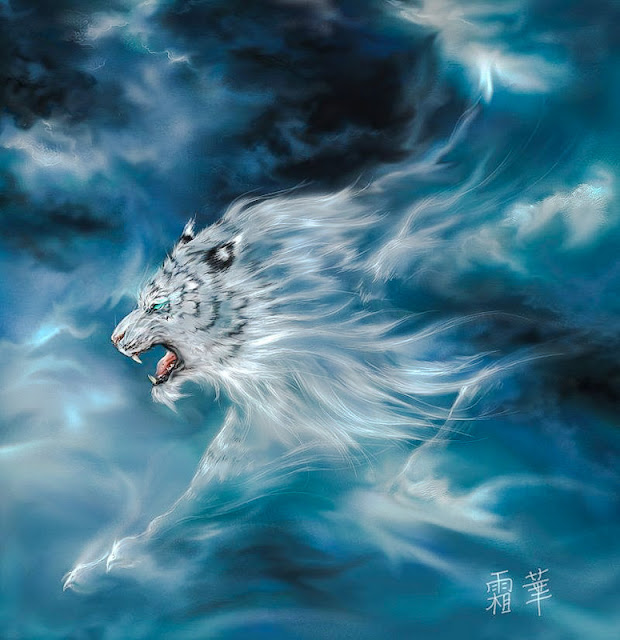Javan Tiger
What caused the extinction of the Javan tiger? It is really a story about the usual culprit - humans. In the 1800s tigers were widespread in Java. The forests of Java were the tiger's habitat. The forests were "converted to teak" (1). So the tiger's habitat was despoiled by people.
The lost of tiger habitat forced the Javan tiger to find sanctuary in inaccessible places on the island. By the 1970 the tiger lived on the southeast coast of Java on the Meru-Betiri Reserve.
The reserve was not good tiger habitat. Deer, the prey of tigers, was hunted. Hunting of deer in combination with rapid human population growth lead to a rapidly declining deer population.
By the 1950s deer could only be found outside reserves or sanctuaries. And these places were few in number.
Another prime tiger prey, the wild boar was slaughtered under government directive by poisoning. The only abundant prey for the tiger was primates with very low boar numbers.
Javan tigers at this time (1976) appeared to have a diet of macaques, porcupines, birds and civets amongst other less than perfect prey. Tiger need large prey to survive.
Also at this time the Javan tiger was almost extinct at 3-5 tiger left in the wild. The prey base could not sustain them and they died out in about 1976.
The Javan tiger’s scientific name is Panthera tigris ssp. sondaica.
Map showing Java (red), Sumatra (purple) (barely surviving Sumatran tiger) and Bali (orange) (extant Balinese tiger). Please use the zoom buttons to zoom back.
View Showing Java where the Javan tiger used to live in a larger map
(1) Riding the tiger: tiger conservation in human-dominated landscapes By John Seidensticker
The lost of tiger habitat forced the Javan tiger to find sanctuary in inaccessible places on the island. By the 1970 the tiger lived on the southeast coast of Java on the Meru-Betiri Reserve.
The reserve was not good tiger habitat. Deer, the prey of tigers, was hunted. Hunting of deer in combination with rapid human population growth lead to a rapidly declining deer population.
By the 1950s deer could only be found outside reserves or sanctuaries. And these places were few in number.
Another prime tiger prey, the wild boar was slaughtered under government directive by poisoning. The only abundant prey for the tiger was primates with very low boar numbers.
Javan tigers at this time (1976) appeared to have a diet of macaques, porcupines, birds and civets amongst other less than perfect prey. Tiger need large prey to survive.
Also at this time the Javan tiger was almost extinct at 3-5 tiger left in the wild. The prey base could not sustain them and they died out in about 1976.
The Javan tiger’s scientific name is Panthera tigris ssp. sondaica.
Map showing Java (red), Sumatra (purple) (barely surviving Sumatran tiger) and Bali (orange) (extant Balinese tiger). Please use the zoom buttons to zoom back.
View Showing Java where the Javan tiger used to live in a larger map
(1) Riding the tiger: tiger conservation in human-dominated landscapes By John Seidensticker




Comments
Post a Comment
Please comment.